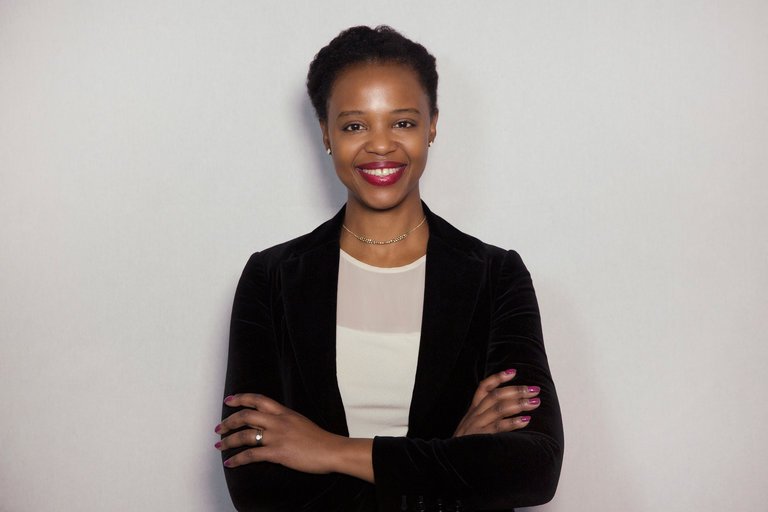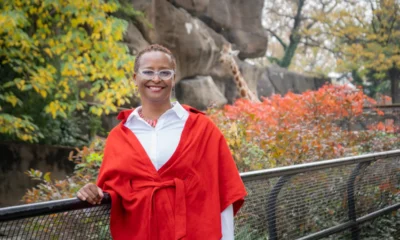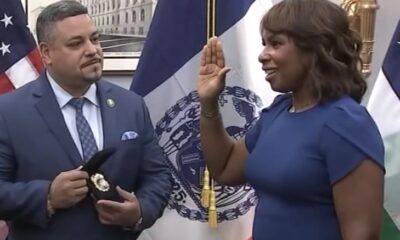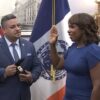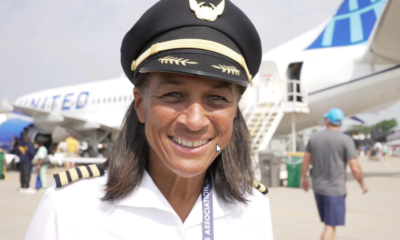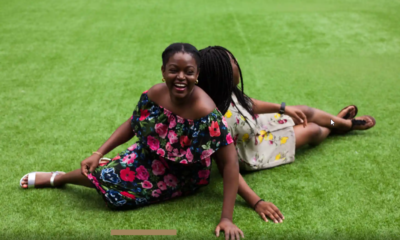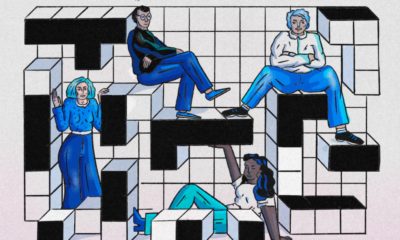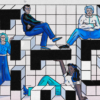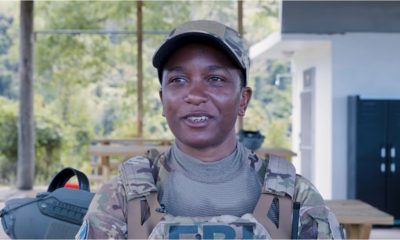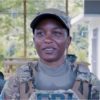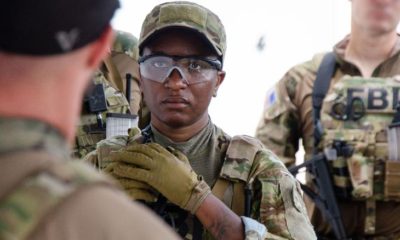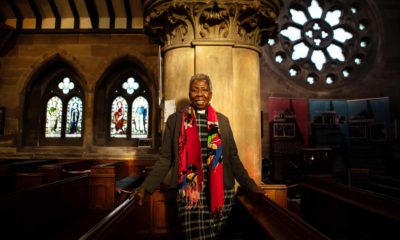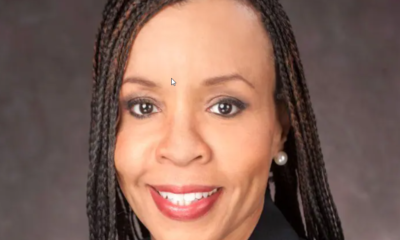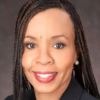Black Women in the News
‘This Milestone Feels Great’: A Chat With the First African-American Woman on Our Print Masthead
In December, the veteran New York Times editor Monica Drake made history when she became the first African-American woman on the newsroom’s print masthead.
Monica is perhaps best known as the brains behind 52 Places to Go, a popular Travel section feature she started. When she announced she would be hiring a travel writer to bring the list to life, visiting a location per week in 2018, the internet went wild.
In her new role as an assistant managing editor, Monica will be overseeing special digital projects across the newsroom. That includes the 52 Places trip and a new project called Surfacing. She will also be helping coordinate our Olympics coverage, which will showcase innovative story tools — mainly from our sports, graphics and video departments — and lavish features, interactives and articles from the magazine and the international desk.
The world of black journalists, to which I myself belong, is small. Before I joined The Times in October, a black friend told me that when I arrived I should look Monica up and mention his name. A few weeks later, we were working on a story together. On behalf of Times Insider, I sat down to talk with her about her journey, her vision and what she’ll be doing in her new role.
Where are you from?
I’m from Ohio. I was born in Gary, Indiana, actually, but I grew up in Ohio, in Yellow Springs.
Did you know Dave Chappelle? He lived there, too, as a kid.
I do. Not past tense.
Are you homies?
I have not seen him in a while, but I don’t think it’s controversial to say we’re cool. We went to middle school together.
I didn’t really know him then. He’s younger than I am, by like a year maybe. I just kind of knew he was this kid that everybody thought was funny or cool, and I was not. I didn’t go to parties. I didn’t hang out.
But when I moved to New York City, I started running into him because he lived close to my first job, which was at a publishing house. And I sometimes run into him when I’m visiting Yellow Springs.
You’re cool too, Monica — journalist cool.
One of your new projects is called Surfacing, which our executive and managing editors described (in their announcement to the newsroom) as “a cross-platform column that will focus on subcultures around the world.” You’ve just hired three reportersfor it. Tell me more about it.
This is a vast country, and I think it’s endlessly fascinating. Because of the bubbles we’re in now, you can actually exist and have a certain set of interests and not know what the people down the street are interested in and doing.
The goal of Surfacing is to really capture a slice of life and the unlikely pursuits of people from all over the world. There’s a lot to mine in the United States. But there’s going to be some international stories, too. The first story was on these Jamaican girls who are really into synchronized swimming.
We are planning a piece on a sport called pelota mixteca. It’s about this group of Oaxacans who have moved to Southern California — some of whom have been there for generations. They’re playing this game that’s been played for hundreds of years.
We also just did a piece on the culture of very fervent fans of the Browns, an Ohio N.F.L. team. We’re planning stories in Turkey, Sweden and one in Brazil.
This is a chance for us to cover people and parts of the world we don’t cover unless something is going wrong. So hopefully we’ll have profiles of people in communities most people don’t know about, people of all races and backgrounds.
Where did your passion for travel and learning about other cultures come from?
In college, I took a lot of courses that I liked. I took economics. I took a lot of math. I was going along a different path. But I always loved hearing people’s stories and understanding their lives.
That’s why I decided to major in anthropology. Travel and thinking about travel allows me to pursue my passion for hearing people’s stories.
Tell us about your first job working at The New York Times.
It was early June 1998 when I started. I was interning as a copy editor on Metro.
It was a different newsroom then — copy editors were all much older than me, closer to my parents’ generation than mine. My youth made me useful.
I came up with playful headlines that incorporated pop culture. One of my big victories was finding a typo in a reference to Roberto Cavalli, the Italian fashion designer.
But I edited stories just like everyone else. I did the same job as everyone else. I worked my way up to front-page stories. And I just felt honored to come in every day.
How did you go from being an intern here to being a regular staff member?
The craziest thing is that the whole summer they kept telling us, “We do not hire interns,” especially copy-editing interns. They kept saying: “You have to have a lot of experience. This is going to be great for you, but plan to …
Please read more- ‘This Milestone Feels Great’: A Chat With the First African-American Woman on Our Print Masthead



